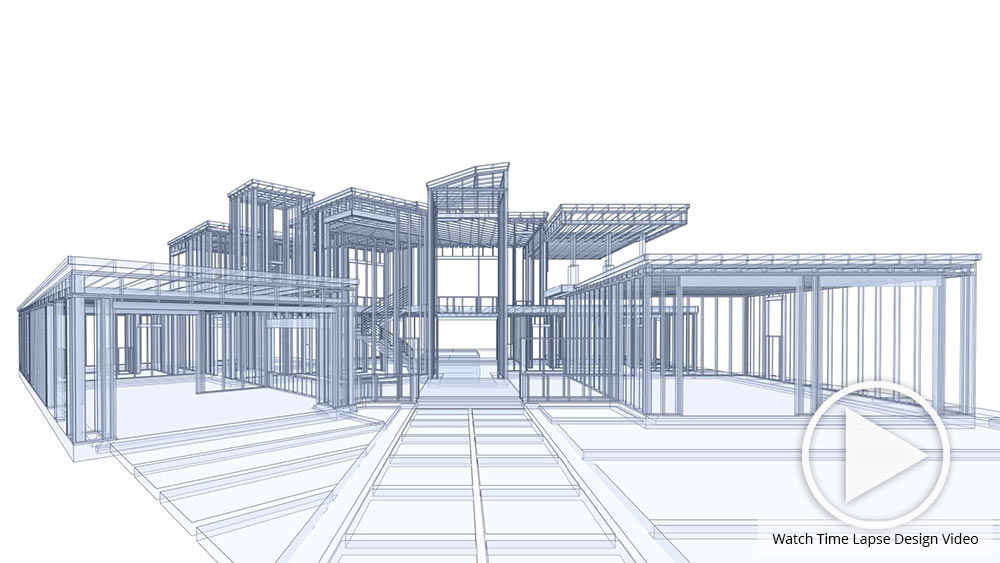A Detailed Review of Building Designs and Their Impact on Modern City Preparation and Development
Architectural designs have long served as a mirror to the social worths and technical improvements of their time, playing an important function in shaping contemporary city preparation and growth. From the majesty of Neoclassicism to the utilitarian approach of Brutalism, each design has introduced unique concepts that affect metropolitan visual appeals and functionality.
Historic Review of Architectural Styles

As societies transitioned through the Middle Ages, Gothic style arised, defined by its verticality and elaborate outlining, mirroring the spiritual ambitions of the era. The Renaissance noted a resurgence of classical ideals, combining art and design in cutting-edge means that affected subsequent designs across Europe.

Today, architectural styles remain to evolve, driven by globalization and sustainability worries, mirroring a dynamic interplay between heritage and technology. This historical introduction underscores the importance of style as a mirror of societal advancement and as a catalyst for metropolitan growth.
Key Architectural Styles Explained
The diversity of architectural designs reflects the myriad influences that shape our constructed setting, each embodying distinct attributes and social significances. Key architectural designs consist of Timeless, Gothic, Baroque, Innovation, and Postmodernism, each standing for distinct historic contexts and visual viewpoints.
Classical design, rooted in ancient Greece and Rome, highlights balance, proportion, and making use of columns (cda architects). In comparison, Gothic architecture, thriving between Ages, is defined by pointed arches, ribbed vaults, and flying buttresses, producing a spiritual high quality in basilicas. Baroque design, emerging in the 17th century, is marked by splendour, sophisticated decoration, and a vibrant interplay of light and darkness
Innovation, which obtained energy in the very early 20th century, prioritizes feature over kind, making use of brand-new materials like steel and glass to produce minimalist structures. Postmodernism, responding versus the austerity of Innovation, accepts eclecticism and historical reference, typically integrating playful components and paradox.

Influence On Urban Preparation
Fit the development of cities, building styles dramatically influence city planning choices. The selection of building style usually determines the aesthetic appeals, functionality, and total personality of metropolitan atmospheres. Modernism, with its emphasis on minimalism and performance, encourages open areas and the assimilation of innovation, forming city formats that prioritize effectiveness and availability. Conversely, standard designs may highlight historic conservation, leading to urban styles that keep social heritage and promote pedestrian-friendly environments.
Additionally, architectural styles can impact zoning regulations and land use policies. Urban organizers have to take into consideration the prevailing building patterns when developing districts, guaranteeing that new developments harmonize with existing structures. This consideration fosters natural city landscapes and boosts area identification.
The application of specific architectural styles can also influence socioeconomic factors within a city. For instance, premium modern styles may bring in wealthy citizens and services, resulting in gentrification, while much more cost effective real estate services might focus on functional and sustainable designs to suit diverse populations. Ultimately, the interaction between architectural styles and city preparation creates dynamic cities that reflect both historical context and contemporary requirements, shaping the lived experiences of their inhabitants
Sustainability and Modern Design
Architectural browse around these guys designs play a pivotal duty in dealing with modern difficulties, specifically in the realm of sustainability. As metropolitan areas expand and ecological issues heighten, modern style progressively accepts sustainable design concepts that prioritize energy efficiency, resource conservation, and marginal ecological effect.
Contemporary architectural movements, such as biophilic layout and green architecture, supporter for frameworks that balance with their environments, utilizing all-natural materials and advertising biodiversity. These designs frequently include renewable resource resources, such as photovoltaic panels and wind generators, to reduce reliance on nonrenewable fuel sources and reduced carbon impacts.
Moreover, the combination of sophisticated innovations, such as smart structure systems, boosts power management, maximizing resource usage while guaranteeing owner comfort. Cutting-edge water management approaches, including rainwater harvesting and greywater recycling, further add to sustainable site web city settings.
Especially, sustainability prolongs past ecological problems; it includes social and financial measurements. By promoting area wellness and promoting inclusivity, modern building designs line up with lasting growth objectives. The development of architectural methods continues to shape resilient cities that not just fulfill the requirements of the existing however also guard the future for generations to come.
Neighborhood Interaction in Style
Neighborhood involvement in design works as an important bridge between architects and the populaces they offer, ensuring that the constructed setting mirrors the demands and aspirations of its users. This collective procedure welcomes community participants to add their understandings and preferences, fostering a feeling of possession and responsibility toward the rooms they inhabit.
Reliable area interaction uses various techniques, such as workshops, studies, and public discussion forums, to collect diverse point of views. These approaches promote a two-way dialogue, permitting architects to comprehend local contexts while equipping residents to voice their problems and wishes. This inclusivity not just enhances the style top quality however additionally promotes social equity by attending to the unique difficulties encountered by marginalized groups.
Moreover, neighborhood interaction can bring about cutting-edge remedies that could not emerge in a conventional style procedure. By integrating local expertise and social values, designers can produce areas that reverberate even more deeply with individuals, enhancing usability and sustainability. Inevitably, focusing on neighborhood involvement in style processes leads to atmospheres that nurture social interactions, support health, and reinforce community ties, consequently playing a pivotal role in shaping contemporary urban landscapes.
Verdict
Building styles have actually exceptionally affected modern-day city planning and advancement, reflecting developing social and technological contexts. The assimilation of historic aesthetics with modern demands promotes urban atmospheres that focus on sustainability and community involvement. As cities proceed to see grow and adapt, the continuous discussion in between building heritage and modern-day layout principles will continue to be essential in developing comprehensive, lively areas that improve lifestyle and advertise social equity. The future of metropolitan advancement depend upon this unified equilibrium.